Table of Contents
So you’ve received an admission from your dream university and you are all set to start your journey abroad. Before that, the US student visa interview is the last phase of your higher education process, which is as crucial as the other steps you’ve gone through. It verifies your entry into the US to study at the University of your choice. Without obtaining the visa, it doesn’t matter how much hard work you put into the other parts of the admission process, you won’t be able to pursue your higher education in the US. Though getting a visa is not really that difficult, reading this blog will show you how to increase your chances of getting a US visa.
US Student Visa Highlights
| Subheading | US Student Visa Highlights |
| Types of US Student Visas | -F1 Visa -J1 Visa -M1 Visa |
| US Student Visa Requirements | -I-20 application forms -Financial proof -Educational transcripts -Language proficiency test scores |
| US Student Visa Process | -Form filling Interview scheduling -Fee payments -SEVIS fee -Document compilation -Attending the visa interview |
| US Student Visa Costs | Ranges between INR 2000 TO INR 15000 for different visa categories. |
| Setting up a US Student Visa Appointment | Details the age-wise interview requirements, wait times for different visa types, and specific guidelines for scheduling a visa appointment. |
Types Of US Student Visa For Study Abroad
If you have planned to study abroad in the USA, then you will need to apply for a visa. However, before applying, you need to understand the different types of US student visas. Given below is an explanation for each US student visa and their roles in your study abroad journey.
F Visa
The F visa is designed for international students planning to pursue academic degrees or English language studies in the United States at accredited colleges or universities. There are three categories of F visas:
- F-1 visas are for full-time students.
- F-2 visas are for dependents (spouses and unmarried children under 21) of F-1 visa holders, including same-sex married couples.
- F-3 visas are for “border commuters,” referring to Mexican and Canadian students who live in their home countries while attending school in the US on a part- or full-time basis.
F-1 visa holders can work on-campus for up to 20 hours per week. If they want to work more hours or off-campus, they need prior authorisation from the US Citizenship and Immigration Services (USCIS). USCIS may grant work authorisation for Curricular Practical Training (CPT) and Optional Practical Training (OPT) for a maximum of twelve months, without exceeding 90 days of unemployment.
M Visa
The second type of US student visa is designed for international students seeking non-academic or vocational study or training at a US institution. There are three categories of M visa:
- M-1 visas are for students involved in vocational or non-academic studies.
- M-2 visas are for dependents of M-1 visa holders, similar to F-2 visas.
- M-3 visas, like F-3 visas, are for “border commuters,” but specifically for those pursuing vocational or non-academic studies.
M-1 students are permitted to stay in the US for a specified duration, which includes the length of their training programme along with any Optional Practical Training. They are not allowed to extend their stay beyond one year unless for medical reasons. M-1 visa holders cannot engage in on- or off-campus employment while studying, and they are not eligible to change their status to F-1.
J Visa
The third category of a US student visa is intended for international exchange visitors participating in programmes that emphasise cultural exchange. Whether seeking medical, business, or other training, applicants must meet the eligibility criteria of the specific programme and be sponsored by either a private sector or government initiative. J visa holders typically have a short stay in the US, often lasting for one or two semesters. There are two types of J visas:
- J-1 visas are for exchange students enrolled in a relevant exchange programme.
- J-2 visas are for dependents of J-1 visa holders, similar to F-2 visas.
J-1 visa holders may be subject to the two-year home-country physical presence (foreign residence) requirement if they are part of a government-funded exchange programme, engaged in graduate medical education or training, or if their training is listed in the Exchange Visitor Skills list. In such cases, J-1 visa holders are required to return to their home country for at least two years at the conclusion of their exchange visitor programme.
Holders of F-2, M-2, and J-2 visas can study in the US without applying for F-1, M-1, or J-1 visas, as long as they meet their chosen institution’s criteria, though they have the option to apply if qualified.
J-2 visa holders can enroll as recreational or degree-seeking students, full- or part-time, and can seek a change to F-1 status if their academic programme isn’t completed before the principal J-1’s status concludes, excluding those subject to the two-year home residency requirement.
F-2 and M-2 visa holders are prohibited from working and need an appropriate work visa if seeking employment, while J-2 visa holders may request work authorisation from USCIS through form I-765.
USA Study Visa Requirement
Before anything, you must first be admitted to a University in the USA, and should take the exams such as TOEFL, IELTS, etc. Let’s look at different USA student visa requirements below.
Documents Required For A US Student Visa
The specific documents required for a US student visa (F, M, or J visa) may vary slightly based on the type of visa and the U.S. Embassy or Consulate. However, here is a general list of documents commonly required:
| Document | Description |
| Form DS-160 | Online Nonimmigrant Visa Application. |
| Visa application fee receipt | Proof of payment for the visa application fee. |
| Form I-20 (for F and M visas) or DS-2019 (for J visas) | Certificate of Eligibility for Nonimmigrant Student Status issued by the U.S. school or programme sponsor. |
| SEVIS fee payment receipt | Proof of payment for the Student and Exchange Visitor Information System (SEVIS) fee. |
| Passport | Valid passport with a validity date of at least six months beyond your intended period of stay in the U.S. |
| Passport-sized photos | Recent passport-sized photographs meet the U.S. visa photo requirements. |
| Proof of financial ability | Documentation showing your ability to cover the cost of tuition, living expenses, and other related costs during your stay in the U.S. |
| Transcripts and diplomas | Academic transcripts, diplomas, degrees, or certificates from previous institutions attended. |
| Standardised test scores | Such as TOEFL, IELTS, GRE, or GMAT scores, as required by the educational institution. |
| Letter of admission | Offer of admission from the U.S. school or programme sponsor. |
| Proof of ties to home country | Documents demonstrating your intention to return to your home country after completing your studies, such as a job offer, property ownership, or family ties. |
| Proof of language proficiency | English proficiency test scores. |
| Optional: CV or resume | Some consulates may request a curriculum vitae (CV) or resume. |
| Optional: Additional documentation | Depending on specific circumstances, consulates may request additional documents. Check with the specific U.S. Embassy or Consulate for any additional requirements. |
US Student Visa Process
Securing an American student visa involves a series of consecutive steps. The fundamental steps for the FI, M1 and J1 visa process are outlined below:
- Step 1: Fill out the online nonimmigrant visa application using form DS-160.
- Step 2: Upload your photo in the specified format.
- Step 3: Print the confirmation page of the application form and keep it for the interview.
- Step 4: Arrange an interview appointment at the nearest US Embassy or Consulate in your home country. While students can apply from a US Embassy or Consulate outside their home country, qualifying for the visa may be challenging.
- Step 5: Make the non-refundable visa application fee payment of 185 USD (~15,380 INR).
- Step 6: Pay the one-time SEVIS fee for an uninterrupted period of F1, M1, or J1 status.
- Step 7: Compile the necessary documents for the American student visa interview.
- Step 8: Attend the USA Study Visa Interview; upon confirmation of visa approval, proceed with plans to study in the USA.
US Student Visa Cost
When planning to study in the USA, it’s essential to factor in the associated visa fees. While universities in the USA do not impose additional fees for visa applications, students should incorporate visa costs into their estimated budget. The table below outlines the USA student visa application fees in both USD and the equivalent amount in INR:
| Fee Type | Cost in USD | Equivalent Cost in INR |
| Non-petition based nonimmigrant visa | 185 | 15,380 |
| Petition based visa | 205 | 17,040 |
| Border Crossing Card Fees | 185 | 15,380 |
| SEVIS Fee for F visa applicants | 350 | 29,100 |
| SEVIS Fee for M visa applicants | 350 | 29,100 |
| SEVIS Fee for J visa applicants | 220 | 18,290 |
| SEVIS Fee for special J visa categories | 35 | 2,910 |
| SEVIS Fee for Government visitor | 0 | 0 |
As you can see that the US student visa costs are hefty, you can opt for scholarships in the USA or even an education loan for the USA can also help you fund and incur all these costs.
Setting Up A US Student Visa Appointment
Being ready beforehand is rather mandatory. To schedule your US student visa appointment, visit the US Embassy or Consulate in your country of residence.
| Age Group | Interview Requirement |
| 13 and younger | Generally not required |
| 14 – 79 | Required (Some exceptions for renewals) |
| 80 and older | Generally not required |
Interview appointment wait times vary based on location, season, and visa category. In New Delhi, for instance:
- Students/Exchange Visitors (F, M, J): Interview Required – 259 Days
- Petition-Based Temporary Workers (H, L, O, P, Q): Interview Required – 63 Days
- Crew and Transit (C, D, C1/D): Interview Required – 41 Days
- Visitors (B1/B2): Interview Required – 259 Days
F and M visa applicants can apply up to 365 days before their course begins, with entry allowed up to 30 days before the course start date.
US Student Visa Interview: Common Question Categories
The U.S. student visa interview is a pivotal step in securing your student visa, designed to assess your genuine intent to study in the United States. It’s crucial to prepare for specific, personal questions tailored to your student visa application. Not understanding the interview process and the questions asked is one of the reasons for us student visa rejection.
In anticipation of your interview, familiarise yourself with common categories of questions typically encountered, enabling effective preparation.
These are the five primary categories of questions you can expect during your F-1 visa interview:
1. Study Plans
The interviewer aims to understand your motivations for choosing to study in the U.S., your intended field of study, and more. These inquiries often resemble the essay questions found in university applications. Sample Questions:
- Why have you chosen to study in the U.S.?
- Why can’t you pursue your education in your home country?
- What is your intended major or area of study?
- University Choice Your choice of institution is pivotal. Visa officers may inquire about your university selection criteria, including academic prowess. Sample Questions:
- Why did you choose this particular university?
- How many universities did you apply to?
- Can you describe the location of your chosen school?
2. Academic Capability
To gauge your potential for academic success, you might be asked about your test scores, English proficiency, and prior academic achievements. Sample Questions:
- What are your test scores?
- How proficient are you in English?
- Can you provide your high school transcripts?
3. Financial Status
Demonstrating financial stability is crucial. Visa officers will want to ascertain your ability to cover living expenses and tuition. Sample Questions:
- How do you plan to finance your education?
- Who is sponsoring your studies?
- What is your sponsor’s profession and income source?
4. Post-Graduation Plans
Your intention to return to your home country after graduation is essential. Questions may focus on your future plans and ties to your home country. Sample Questions:
- Do you plan to return home after completing your studies?
- Do you have any family or friends in the U.S.?
- What career path do you envision post-graduation?
Answer honestly and confidently. Demonstrate thorough research about your chosen university and programme. Emphasise the benefits of studying in the U.S., such as academic quality and career prospects. Showcase your commitment to returning to your home country after completing your studies. Prepare your financial documentation meticulously to validate your ability to support your education.
Benefits Of A US Student Visa
Obtaining a U.S. student visa (such as an F-1 or M-1 visa) offers several benefits beyond the primary purpose of pursuing education. Here are some additional advantages:
- Work Opportunities: While studying in the U.S., F-1 visa holders can engage in on-campus employment for up to 20 hours per week during the academic term and full-time during scheduled breaks. They may also be eligible for Optional Practical Training (OPT) after completing their studies, providing an opportunity to work in their field of study for up to 12 months (or 24 months for STEM degree holders).
- Feasibility in obtaining other US Visas: Having an F-1 visa (student visa) can potentially contribute to the process of obtaining an H-1B visa for students in the United States. This visa is a non-immigrant visa category in the United States that allows employers to temporarily employ foreign workers in speciality occupations. However, H-1B visas are often of interest to students who have completed their studies in the U.S. and wish to work in their field of study. In India, there are many companies that sponsor H1B student visas.
- Cultural Exposure: Studying in the U.S. provides an immersive cultural experience, allowing international students to interact with people from diverse backgrounds and gain a deeper understanding of American culture.
- Networking: Being part of an American academic institution provides opportunities for networking with professors, fellow students, and industry professionals. These connections can be valuable for future career opportunities.
- Quality Education: The U.S. is home to many world-renowned universities and academic institutions, offering high-quality education and access to cutting-edge research facilities and resources.
- Research Opportunities: For students pursuing advanced degrees, the U.S. provides extensive research opportunities and facilities, fostering innovation and academic excellence.
FAQs
Q1. What to expect at the US F1 visa interview?
Ans: F1 visa acceptance rates vary and can be demanding. The interview covers university choice, finances, family, work, and plans. Dress formally, bring essential documents, and aim to make a strong impression.
Q2. Do visa officers check bank statements?
Ans: Yes, the majority of embassies undertake verification of the bank statements provided by visa applicants along with their visa applications.
Q3. How do I know if my visa is approved?
Ans: To track your visa stamping status online, visit the official website of the visa issuing authority for your intended destination country. You can use either your passport number or your application/reference number to check the status.
Q4. What is financial proof for an F1 visa?
Ans: To confirm your financial standing for your visa application, supply the Consulate with your original tax returns (with emphasis on Form 16) for the past three years and original bank records covering the same period.

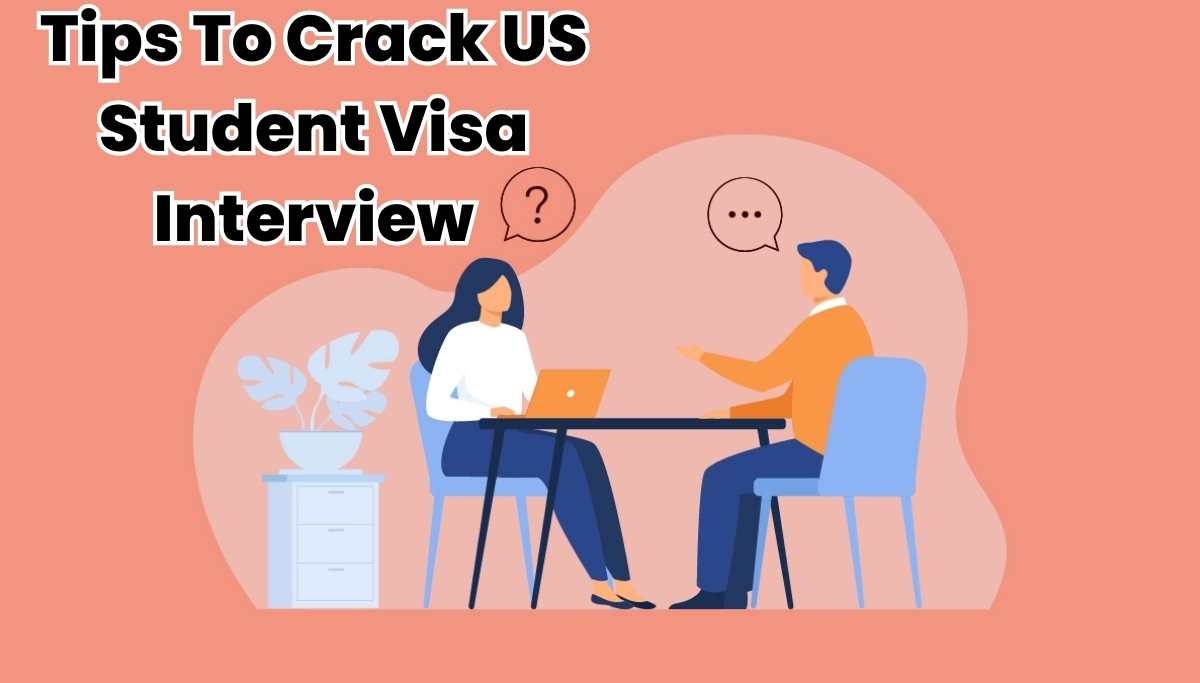


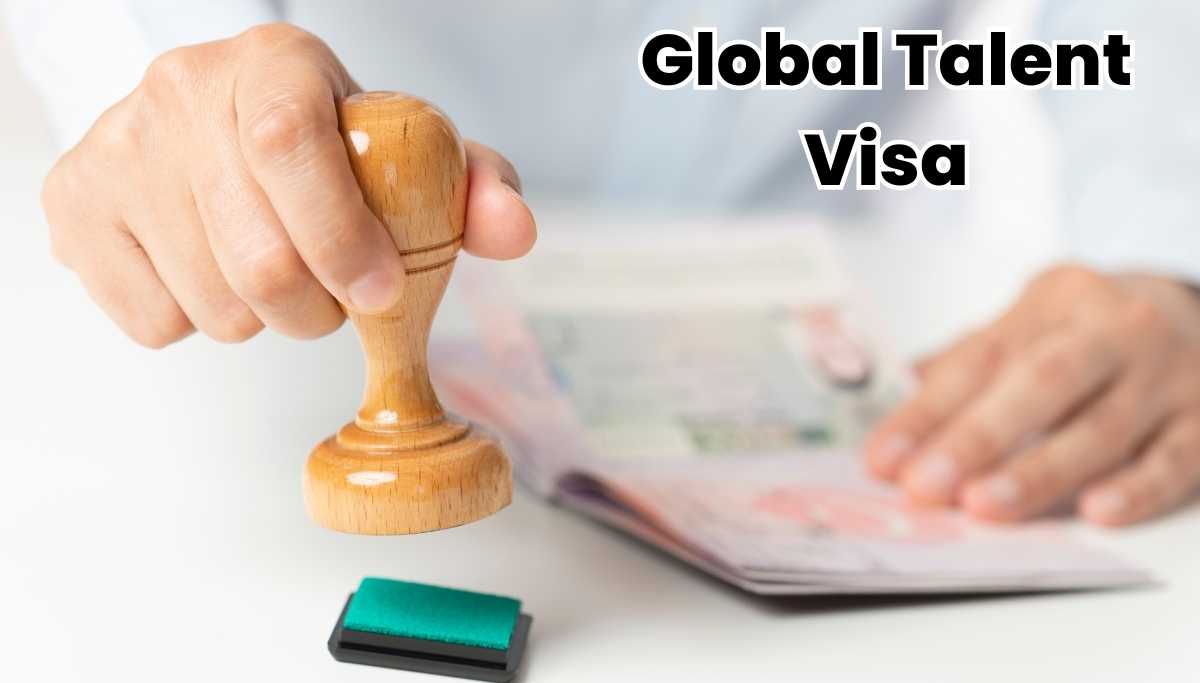

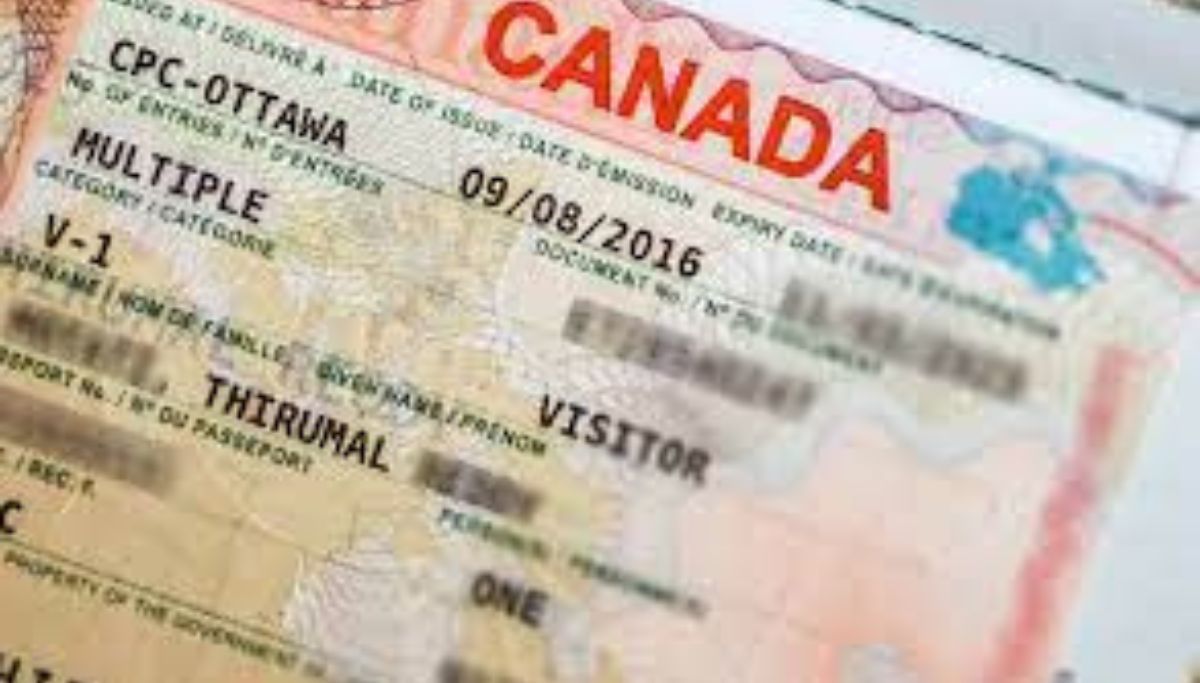
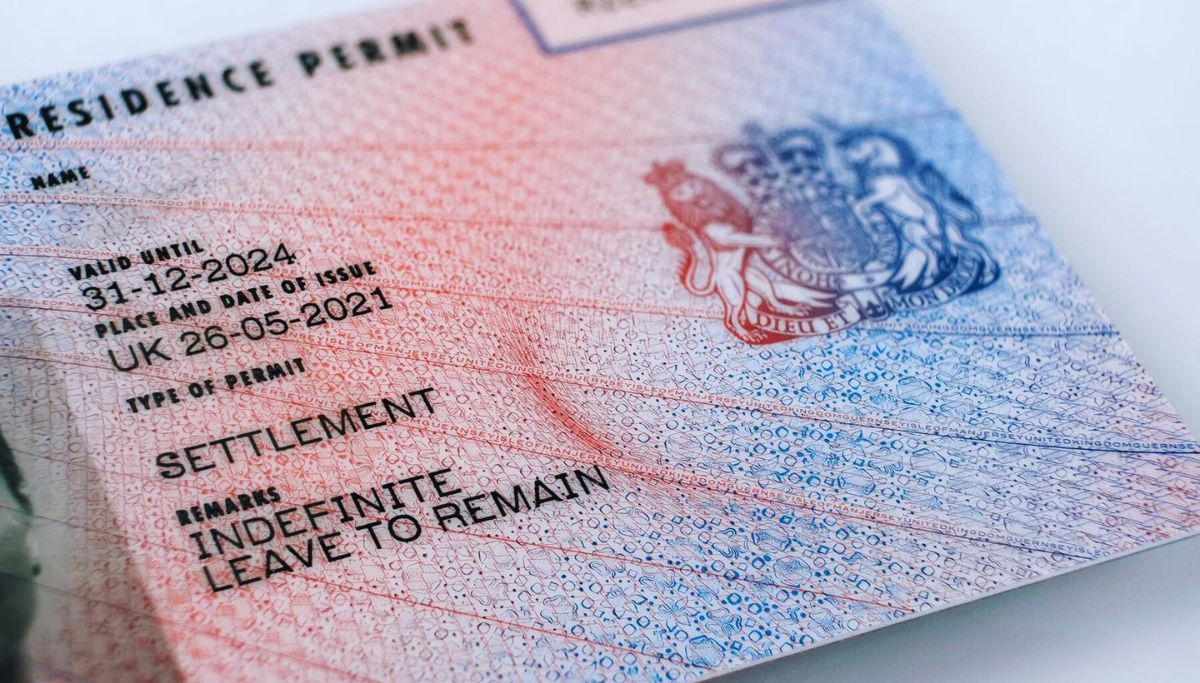

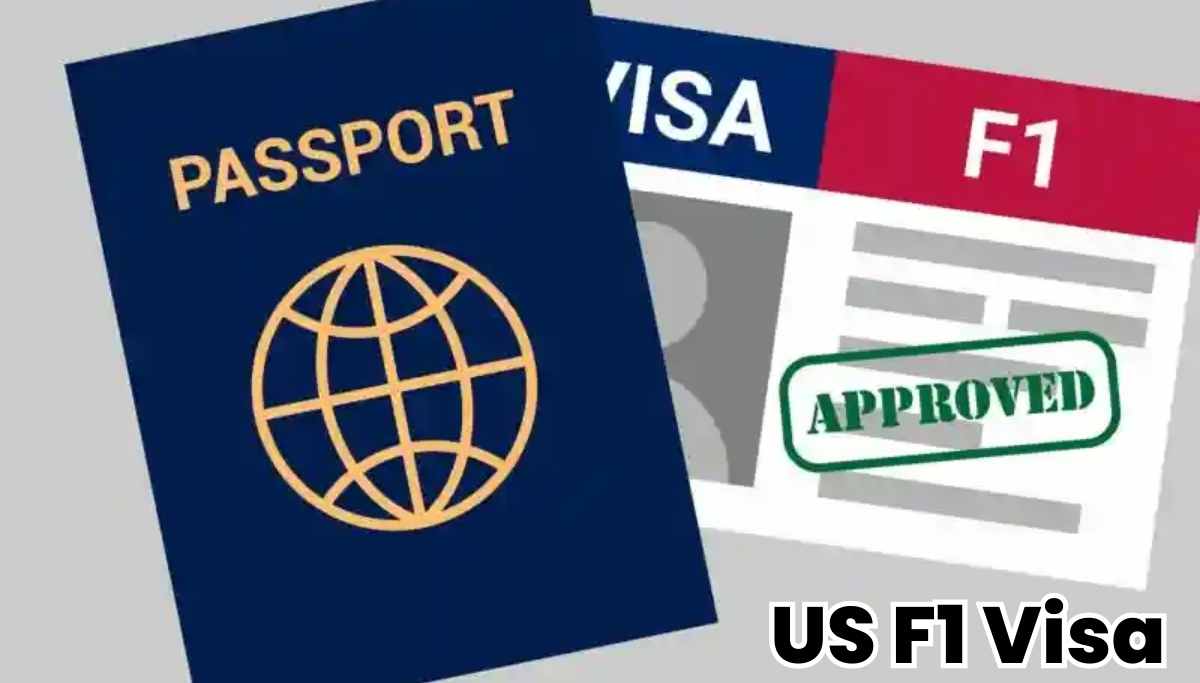
0 Comments